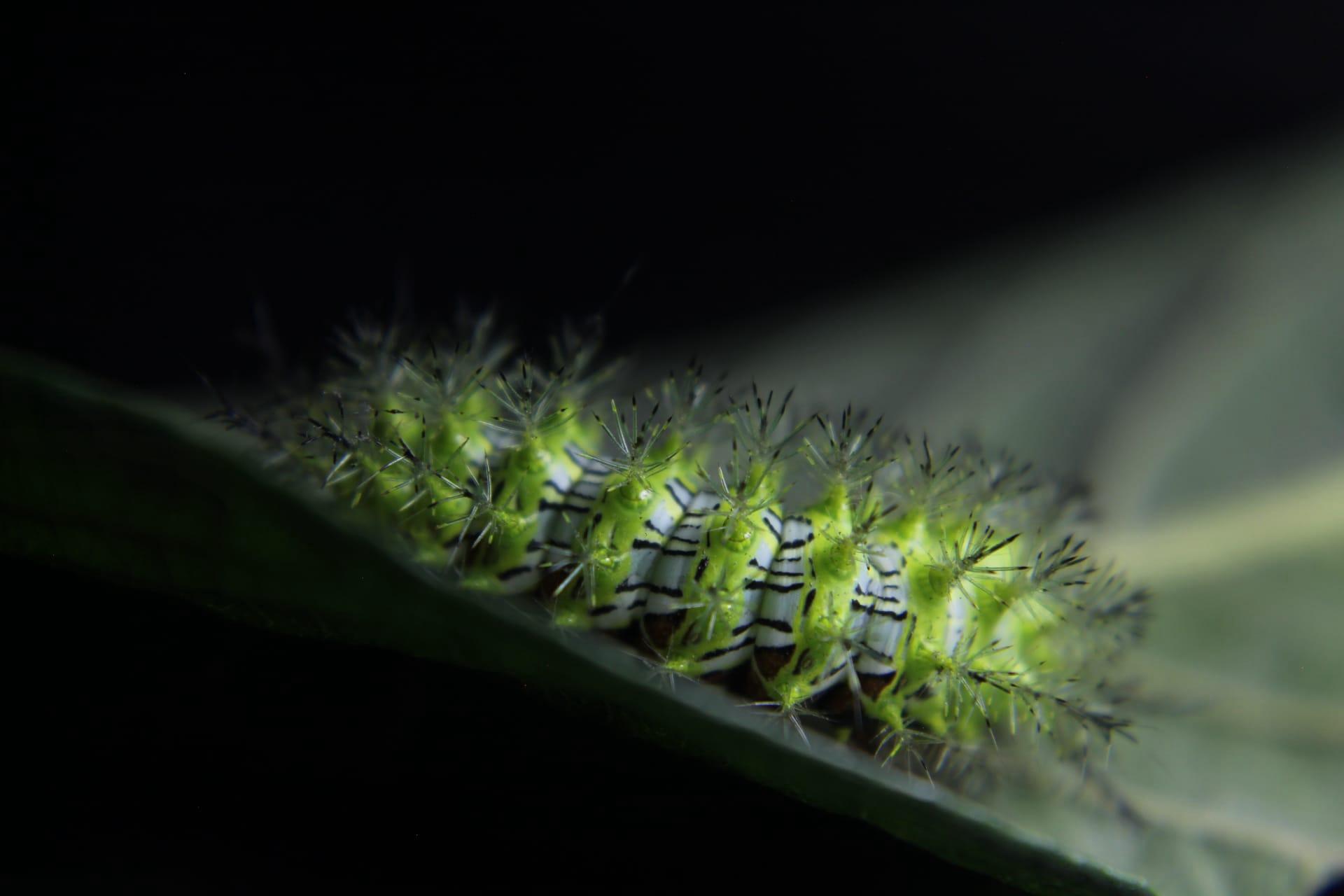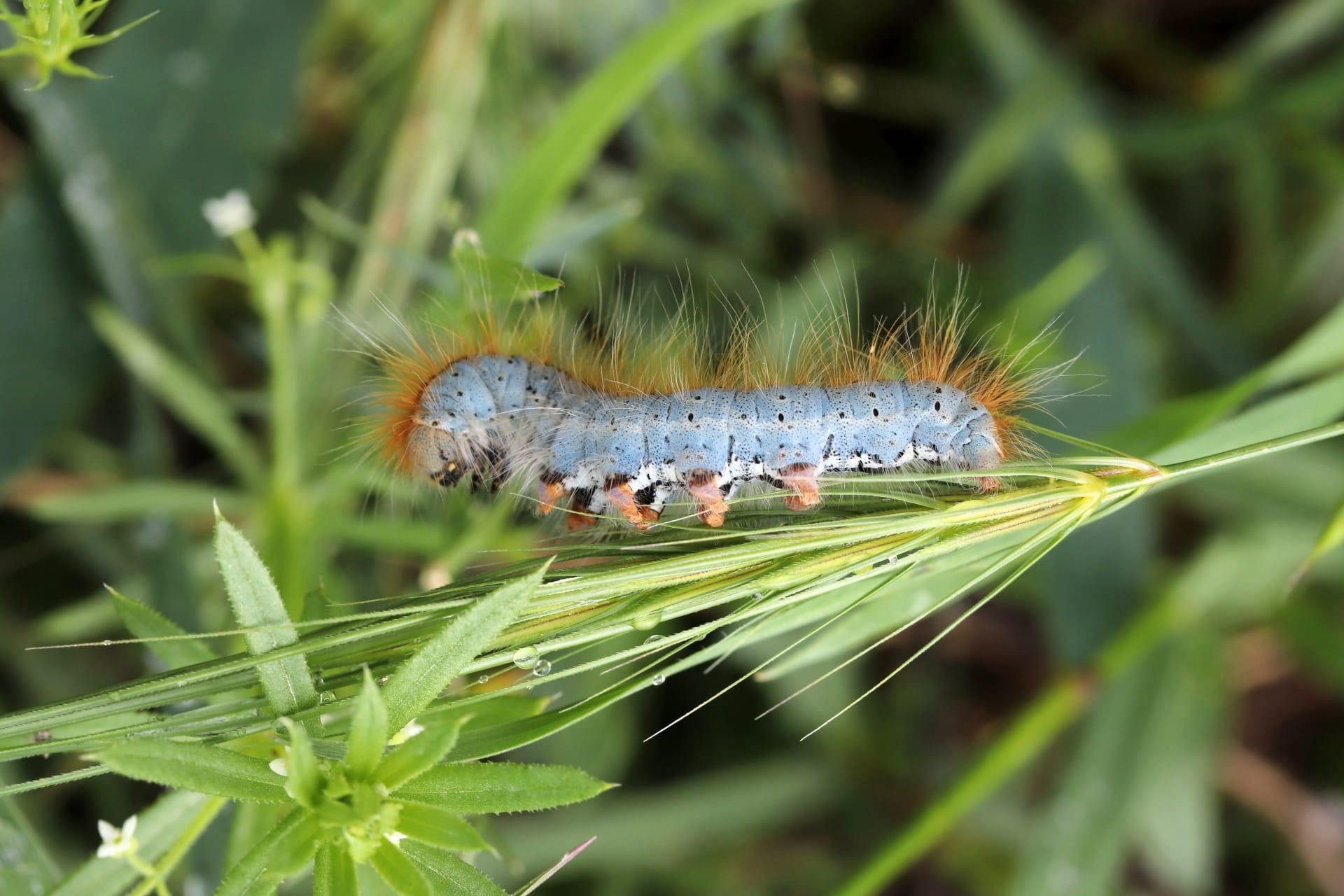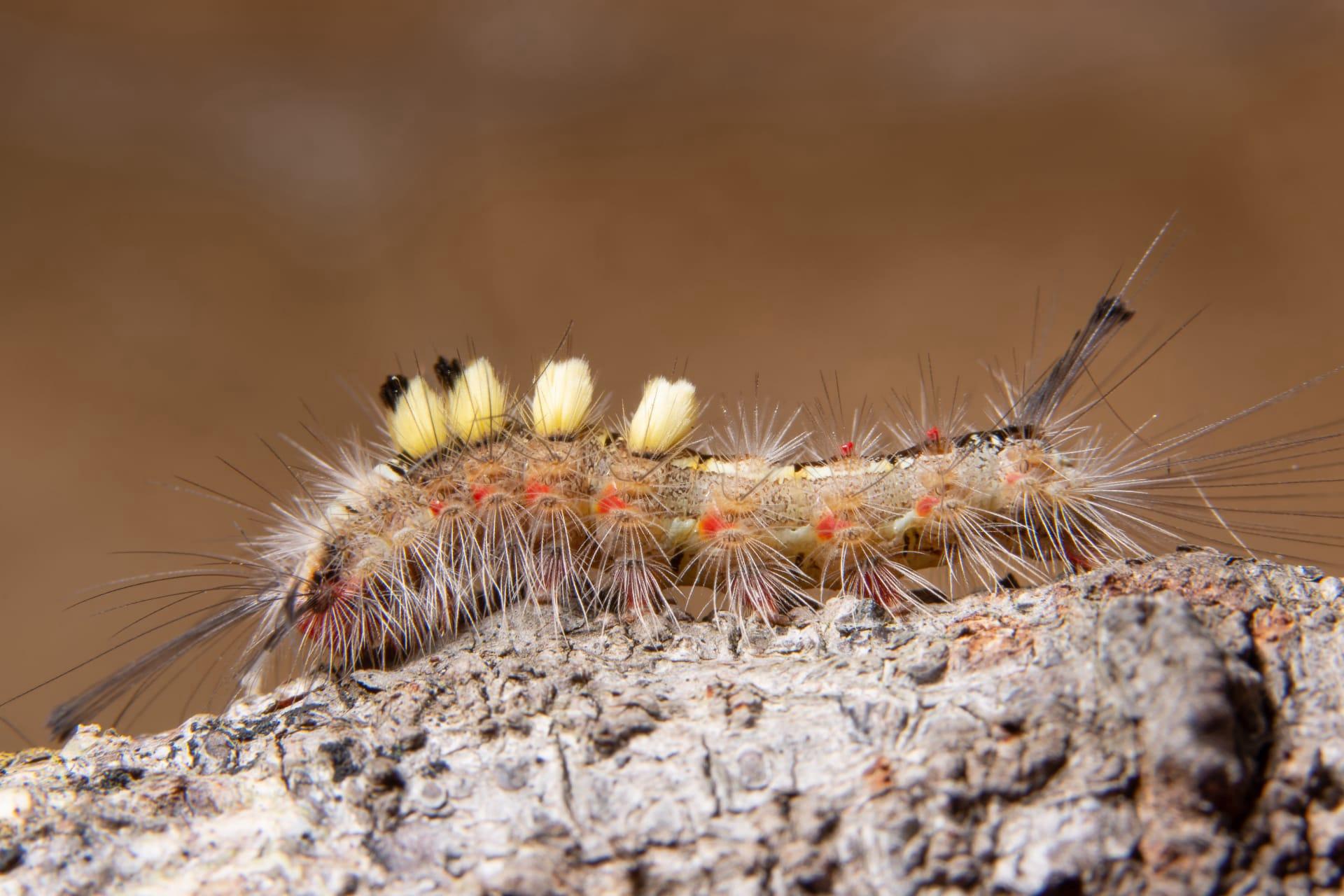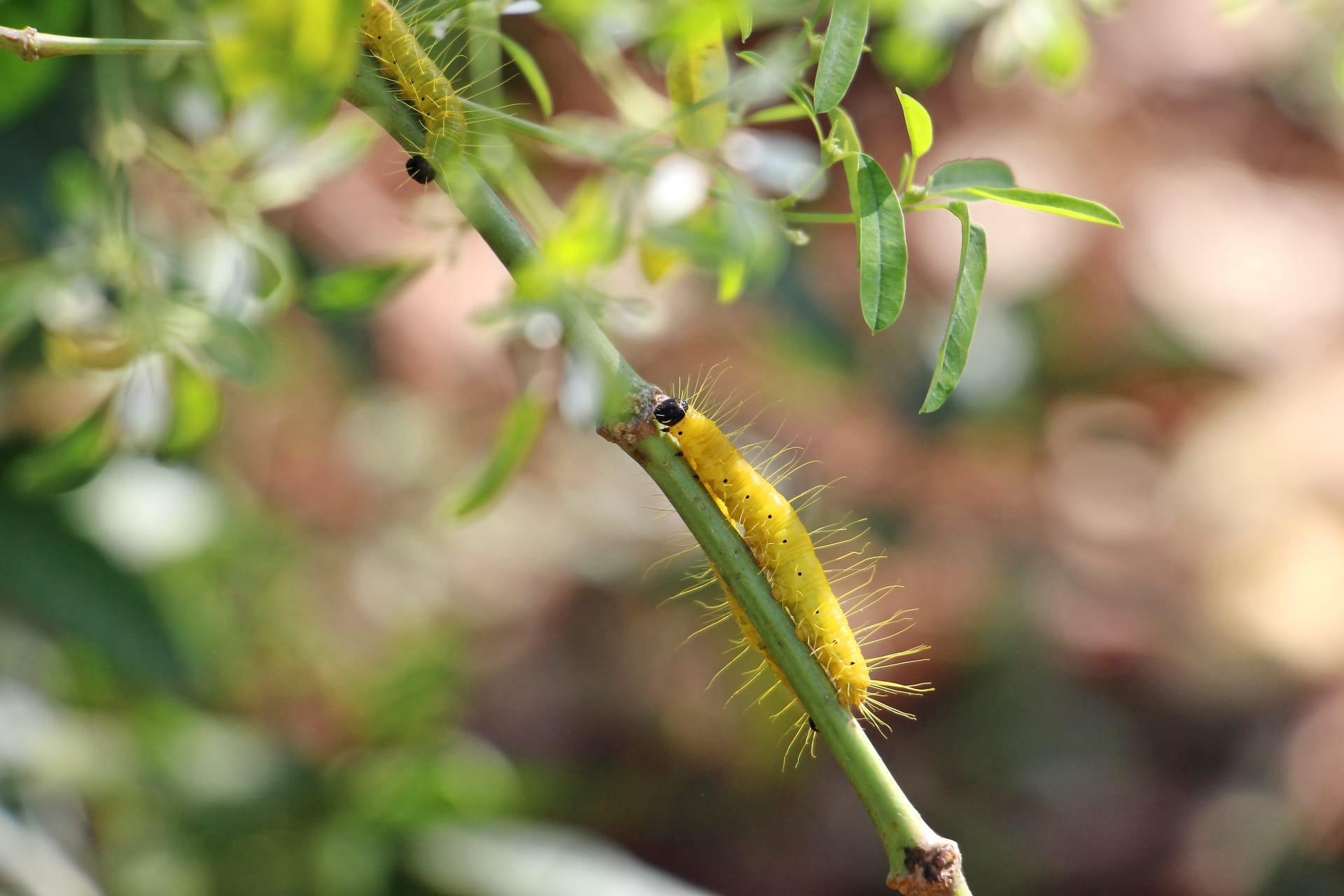Poisonous Caterpillar Trivia
- Home /
- Trivia Question /
- Animal /
- Poisonous Caterpillar Trivia
1
Question: What are the most common physical characteristics of poisonous caterpillars?
Answer: Poisonous caterpillars often have vivid colors and intricate patterns as a warning to predators. Their length varies from 1 to 2 inches (2.5 to 5 cm). Many possess urticating hairs, which are fine bristles that release toxins upon contact. These caterpillars are found worldwide, adapting their coloration to local environments.
Question: How do poisonous caterpillars defend themselves from predators?
Answer: Aside from their striking appearance, which serves as a visual deterrent, poisonous caterpillars use their toxic hairs or spines as a primary defense mechanism. When threatened, they can eject these bristles, which contain irritants or toxins. These substances can cause reactions ranging from mild irritation to severe allergic responses in predators and humans.

2
Question: Is it true that all brightly colored caterpillars are poisonous?
Answer: Not necessarily. While bright colors in caterpillars often signify toxicity as a defense strategy, it's not a universal rule. Some non-poisonous caterpillars mimic the appearance of toxic ones to deter predators, a phenomenon known as Batesian mimicry.
Question: Can you get poisoned by just touching a poisonous caterpillar?
Answer: Yes, touching a poisonous caterpillar can lead to a reaction. Their toxic hairs can penetrate skin, releasing toxins. Symptoms can include itching, rashes, and in severe cases, breathing difficulties or anaphylactic shock. It's advisable to avoid direct contact with any caterpillar that has hairs or spines.

3
Question: What habitats are most commonly associated with poisonous caterpillars?
Answer: Poisonous caterpillars are found in diverse habitats, including forests, meadows, gardens, and even urban areas. They prefer environments where they can find ample food sources like leaves and plants. The habitat can influence their appearance and toxicity levels.
Question: Do poisonous caterpillars pose a risk to domestic pets?
Answer: Yes, they can pose a risk to pets. Curious animals, especially dogs and cats, may try to touch, lick, or eat these caterpillars, leading to symptoms like oral irritation, drooling, vomiting, and swelling. It's important for pet owners to be aware of these caterpillars in their surroundings and keep pets away from them.

4
Question: How does the lifecycle of a poisonous caterpillar differ from non-poisonous ones?
Answer: The lifecycle of poisonous caterpillars is similar to that of non-poisonous ones, involving four stages: egg, larva (caterpillar), pupa, and adult (butterfly or moth). However, the duration of each stage can vary. Some species of poisonous caterpillars may have longer larval stages to accumulate more toxins.
Question: Are there any beneficial aspects of having poisonous caterpillars in the ecosystem?
Answer: Yes, despite their toxicity, poisonous caterpillars play a vital role in ecosystems. They serve as food for certain predators that have developed immunity to their toxins, thus contributing to biodiversity. Additionally, as herbivores, they help control the growth of vegetation and play a part in the food chain.

5
Question: Can humans develop immunity to the toxins of poisonous caterpillars?
Answer: Humans cannot develop complete immunity to the toxins of poisonous caterpillars. Repeated exposure may reduce sensitivity in some individuals, but it can also increase sensitivity in others, leading to more severe allergic reactions.
Question: How can you safely remove a poisonous caterpillar from your skin?
Answer: If a poisonous caterpillar makes contact with your skin, avoid touching or rubbing the area. Use tape to gently lift and remove any hairs or bristles from the skin. Wash the area thoroughly with soap and water. If a severe reaction occurs, seek medical attention immediately. Avoid using bare hands to remove the caterpillar; instead, use gloves or a piece of paper.